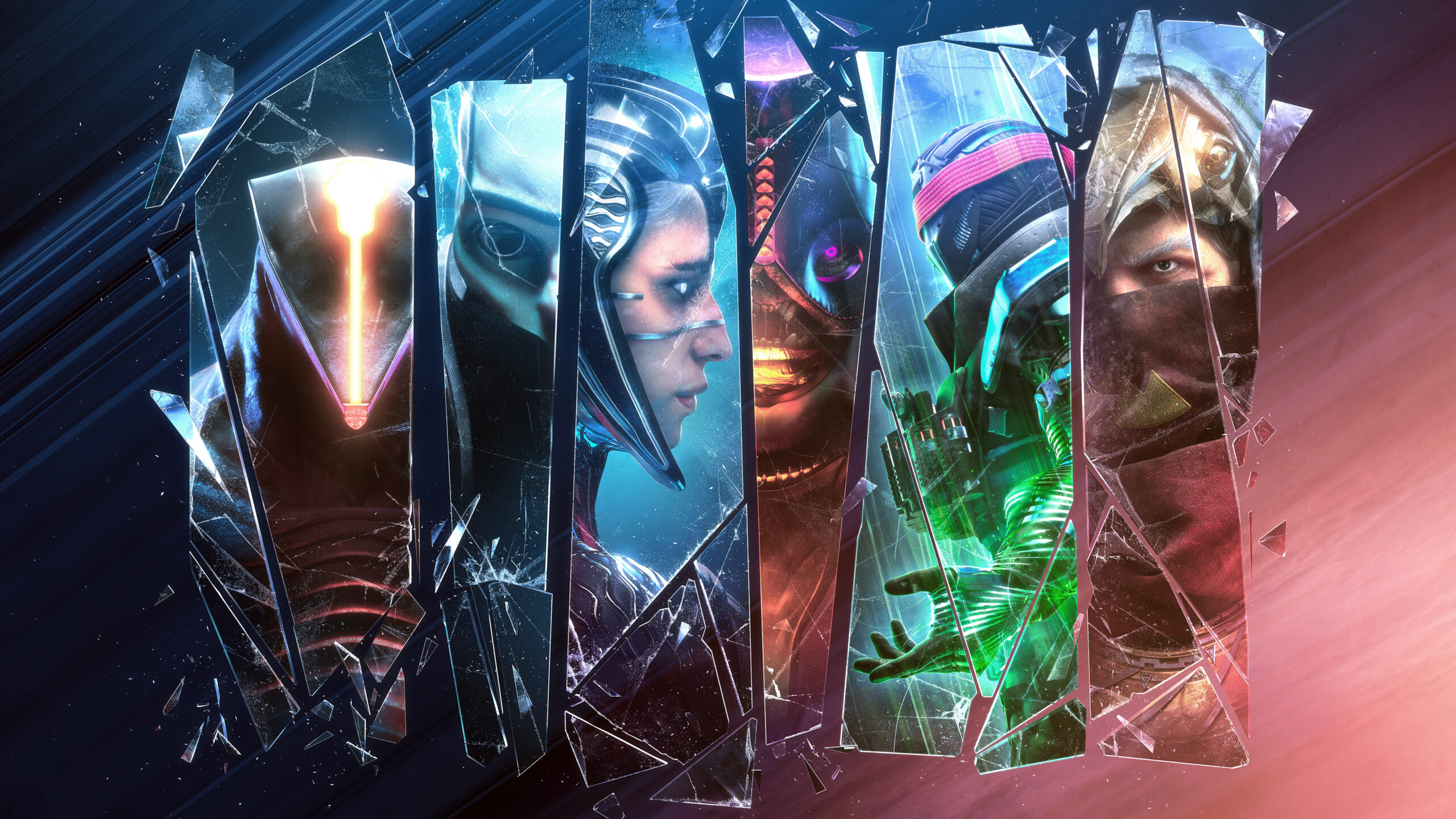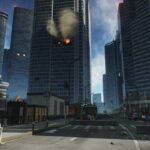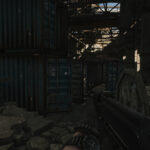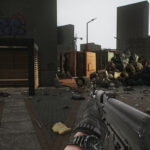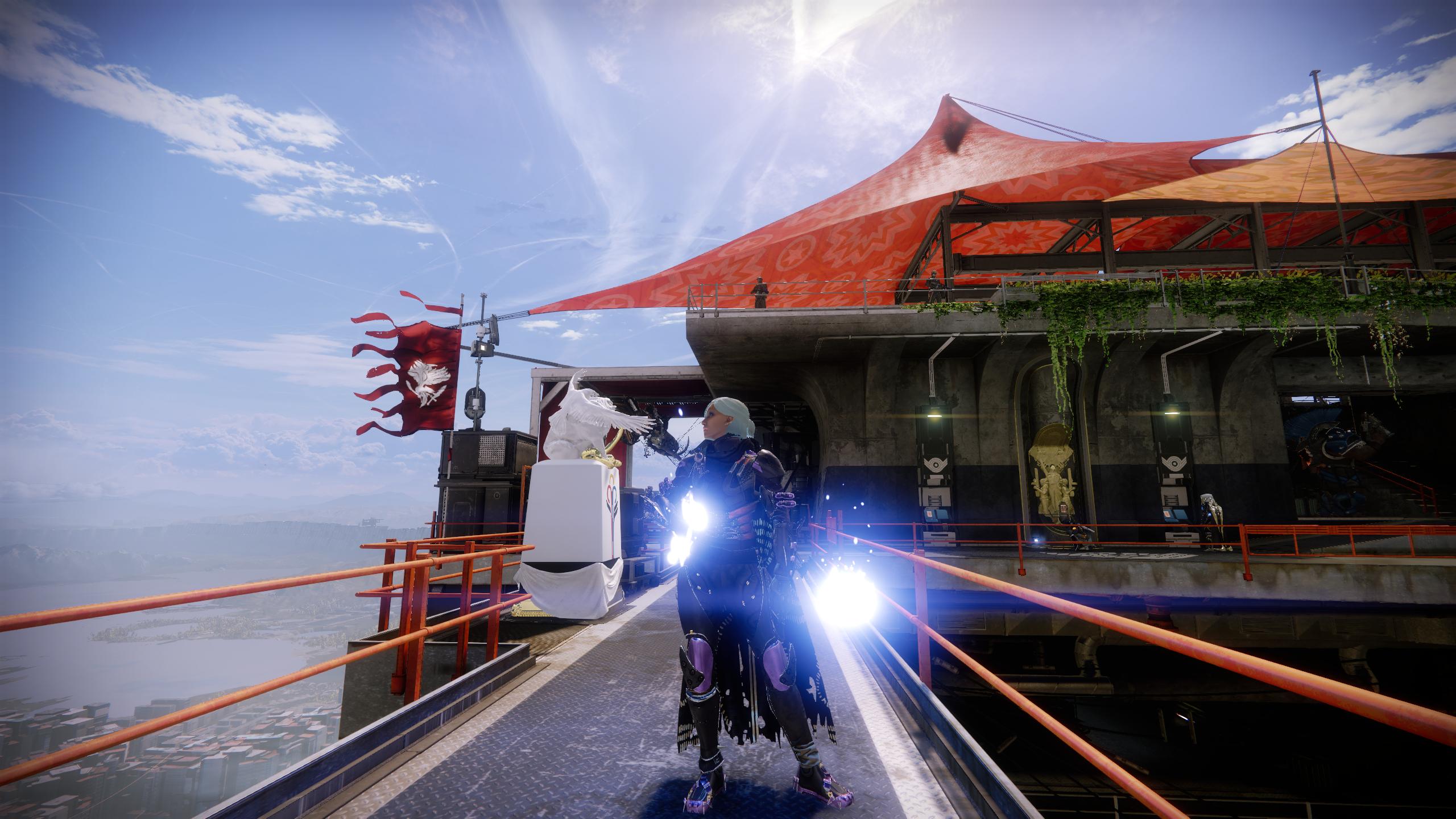Destiny 2 has always been lauded for its immersive world and visually stunning environments. The game’s art style plays a crucial role in its identity, with each expansion, update, and season introducing new elements that push the boundaries of what we can experience visually.
From its sleek sci-fi aesthetics to its darker, more mystical tones, Destiny 2’s art style has evolved significantly since its release. In this article, we will explore the visual journey of Destiny 2, how its art style has changed over time, and how these visual shifts enhance the storytelling and gameplay experience.
The Beginning: Destiny 2’s Sci-Fi Roots
When Destiny 2 first launched in 2017, it immediately stood out for its polished and distinctive sci-fi look. The game’s art direction drew heavily from the concept of futuristic, high-tech technology intertwined with ancient and mystical elements. The visual identity of the game was defined by its grandiose environments—cities bathed in light, massive spaceship structures, and sleek, metallic architecture—all set within a universe of cosmic wonder and ominous threats.
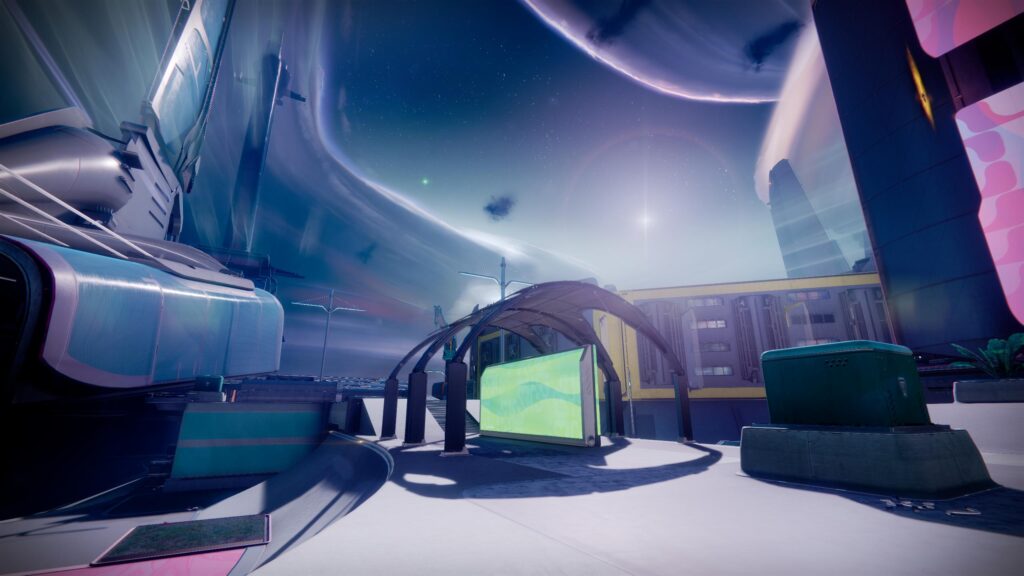
The Tower, the social hub of the game, served as an iconic example of Destiny 2’s early art style. It was a shining beacon of humanity’s hope, combining ultra-modern technology with elements of historical architecture. This blend of old and new is a consistent theme throughout Destiny 2’s design, showcasing Bungie’s ability to merge the future with the past. The *Cosmodrome*, *European Dead Zone*, and *Nessus* introduced players to a world full of lush environments, sprawling landscapes, and dangerous yet awe-inspiring structures, all designed to immerse players into a futuristic yet grounded universe.
From the very beginning, Destiny 2 established itself as a visually stunning game with an unmistakable sci-fi flair. However, as expansions began to release, the art style started to take on more diverse and intricate elements, expanding beyond traditional sci-fi conventions.
Shifting Tones: Forsaken and the Darker Aesthetic
The *Forsaken* expansion in 2018 marked a dramatic shift in Destiny 2’s art style. With a darker narrative focused on revenge and loss, the visuals also took on a more brooding, somber tone. The *Dreaming City*, one of the key locations introduced in this expansion, exemplified this shift. Its stunning architecture combined with eerie, ethereal landscapes created a sense of mystery and foreboding, and the color palette leaned heavily into deep purples, blacks, and blues to evoke a sense of mystery and danger.
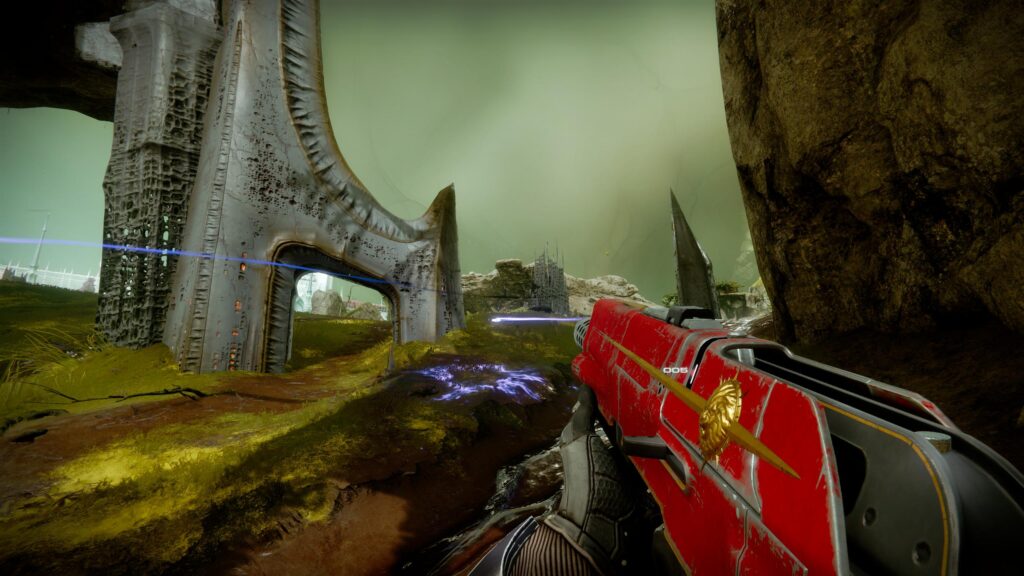
In addition to the darker aesthetics of the *Dreaming City*, the *Forsaken* expansion introduced an overall shift toward more detailed and atmospheric settings. The environments were no longer just vast, sweeping landscapes; they were immersive, intricate spaces filled with lore, secrets, and visual storytelling. *Forsaken*’s art direction embraced more fantastical elements, with areas that felt alive with magic and mystery. The *Shattered Throne* dungeon, for example, featured rich textures and dynamic lighting, creating an unsettling yet captivating atmosphere that brought the story to life.
This shift in tone wasn’t just about making the environments darker; it was about changing the entire visual approach to reflect the emotional depth of the expansion. The game’s visuals were now more attuned to the themes of revenge, loss, and the unknown, and this change helped to further immerse players in the world Bungie was crafting.
Expanding Horizons: Shadowkeep and the Lunar Influence
The *Shadowkeep* expansion, released in 2019, marked another major milestone in Destiny 2’s artistic evolution. In this expansion, players journeyed to the Moon, which had been reshaped and corrupted by the Hive. The art style of *Shadowkeep* embraced a gothic and haunting aesthetic, contrasting sharply with the game’s earlier, more pristine environments.
Much of the *Moon* in *Shadowkeep* was shrouded in darkness, with looming, eerie structures and twisted architecture that evoked a sense of dread and mystery. The use of reds, blacks, and purples became a dominant visual theme, reflecting the corruption of the Hive and the growing threat of the Darkness. The dark, oppressive atmosphere was emphasized by the art design of the *Lunar Surface* and the *Hellmouth*, where players faced the forces of the Hive in atmospheric, nightmarish settings.
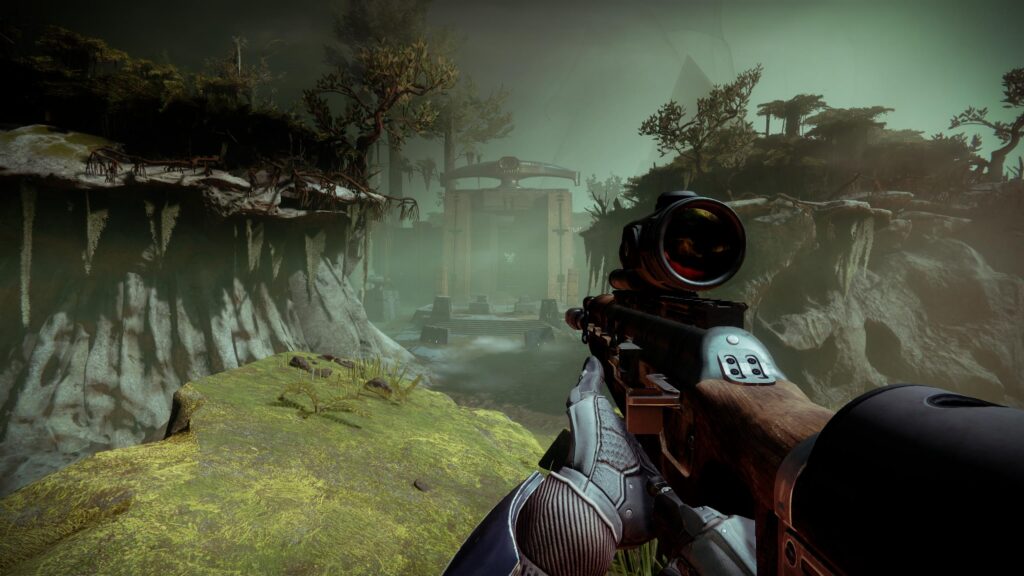
One of the most striking aspects of *Shadowkeep* was its blending of organic and mechanical elements. The Hive’s grotesque, ancient architecture juxtaposed against the Moon’s mechanical structures created a haunting, surreal world that felt both alien and familiar. This blend of sci-fi and horror pushed the boundaries of Destiny 2’s art style, exploring new creative possibilities while maintaining the game’s signature aesthetic.
*Shadowkeep* also introduced a new era of storytelling through visuals, using its environment not just as a backdrop, but as a tool for narrative development. Players explored vast, eerie areas that reflected the growing tension between the Light and Darkness, giving the expansion an even greater sense of weight and impact.
Introducing Stasis: The Cool, Icy Palette of Beyond Light
The *Beyond Light* expansion in 2020 introduced the *Stasis* subclass, a manifestation of Darkness. This expansion marked a major shift in Destiny 2’s visual identity, with the introduction of the icy, frozen powers of Stasis. The cold, desolate landscapes of Europa, the new destination, presented a stark contrast to the warmer, more vibrant areas in the game’s past expansions.
The *Europa* environment was dominated by shades of white, blue, and gray, with vast, snowy landscapes and ice-covered structures. This frosty aesthetic gave the expansion a hauntingly beautiful look, where towering glaciers and frost-covered structures added a layer of isolation and danger. Europa’s stark visuals highlighted the chilling power of Stasis, which was mirrored by the powers of the Darkness that players could harness in battle.
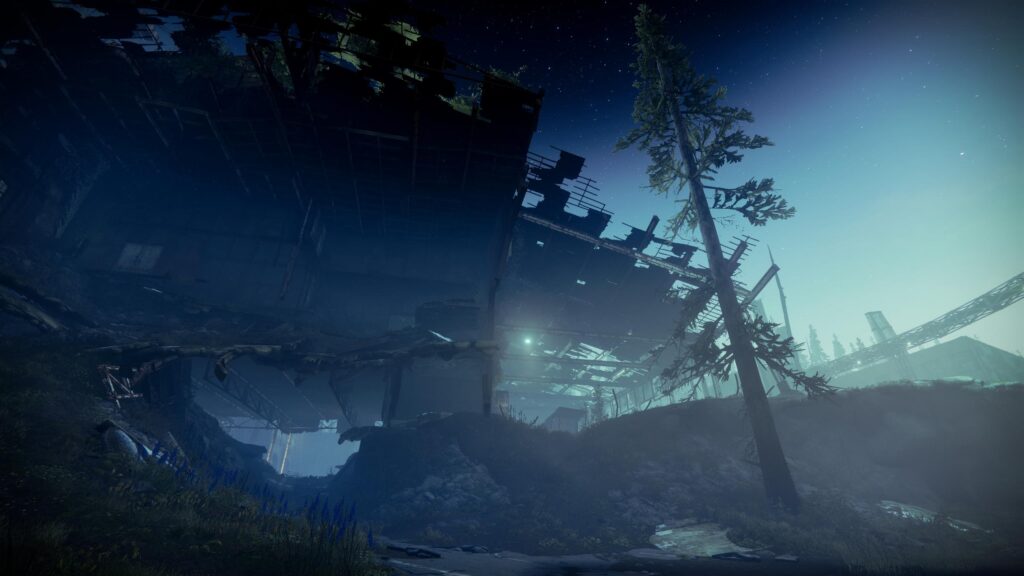
The ice motif wasn’t just a visual cue for Stasis—it became a core theme of the *Beyond Light* expansion, both in terms of gameplay and narrative. The cold, harsh environment of Europa served as a metaphor for the new powers that Guardians were wielding, and the visual contrast between Stasis and Light created a compelling dynamic within the game’s art direction.
This expansion marked a turning point for Destiny 2, where the environment itself played an integral role in shaping the player’s journey. The icy, oppressive surroundings of Europa reinforced the story of embracing the Darkness, further blurring the line between Light and Darkness in the game’s ever-evolving narrative.
Seasonal Shifts: The Art of Evolving with Each Season
Beyond major expansions, Destiny 2’s seasonal updates have continuously introduced subtle changes in the game’s art style. Each season brings new visual elements, whether it’s the aesthetic of a new seasonal activity, the design of a raid or dungeon, or the unique art direction of an event like *The Dawning* or *Festival of the Lost*.
The art direction in seasonal content is often designed to evoke the theme of that particular season. For instance, *Season of Arrivals* introduced a more ominous, dark art style, reflecting the imminent arrival of the Pyramid ships. The visuals in this season emphasized mystery and uncertainty, using dark, haunting tones to represent the growing threat of the Darkness.
Other seasons, like *Season of the Chosen*, featured a more regal and militaristic design, reflecting the conflict between the Cabal and the Guardians. The use of rich reds and golds, along with the intricate designs of the Cabal armor and structures, highlighted the ongoing battle for control of the Solar System.
Each season’s artwork not only keeps the game visually fresh but also reinforces the themes and narrative of the season. The ever-changing art style ensures that Destiny 2’s world feels alive and dynamic, evolving with the ongoing story while maintaining its core visual identity.
Conclusion: A Continual Evolution of Visual Storytelling
Destiny 2’s art style is much more than just a visual representation of a sci-fi universe—it is an integral part of the storytelling experience. From its early sci-fi roots to its exploration of darker, more mystical themes, the game’s evolving art direction mirrors the ongoing narrative. Each expansion and season adds new layers to Destiny 2’s visual identity, allowing players to experience the story in new and exciting ways.
As the game continues to evolve, it’s clear that the art style will remain a cornerstone of Destiny 2’s appeal. Bungie’s ability to craft breathtaking environments, intricate character designs, and unique visual motifs ensures that every new chapter in the game’s story feels distinct and immersive. Whether you’re exploring a frozen wasteland on Europa or battling against the forces of the Hive in the Dreaming City, Destiny 2’s art style will continue to shape and enhance your journey through the cosmos.
